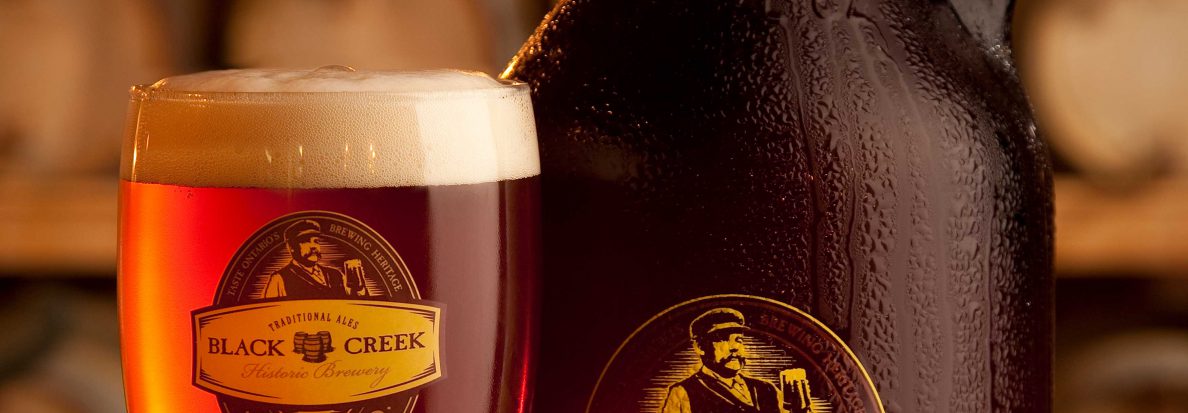Yeast has been used for thousands of years to leaven bread and produce alcohol, but little was known about yeast until 1857 when Louis Pasteur identified it as a living organism. Prior to his discovery, yeast was viewed as a rather temperamental vegetable-like product that needed certain conditions to survive and thrive. For thousands of years, the method of yeast propogation was the same: a small portion of dough, wine or beer was saved from each batch to ‘start’ the next. If a households’ yeast died or stopped producing, they’d usually have to visit the local brewer, distiller or baker and purchase a new starter.
There are two parent species of yeast used in brewing. The first is Saccharomyces cerevisiae, a top fermenting yeast which is used to produce ales. The same species of yeast is used by bakers, though nowadays brewers and bakers use different strains of the same species that have been selectively bred for individual qualities of speed, flavour and alcohol tolerance. The second species is Saccharomyces pastorianus (formerly S. carlsbergensis) which is used to produce lagers and is a bottom fermenting yeast. S. pastorianus was identified in 1883 by Emil Hansen while working for the Danish brewer Carlsberg, hence the former name!
By the 1860s, a product called German Yeast was available to bakers and eventually superceded the use of brewers’ yeast, though it is simply a more refined version of the same species. Distilleries in Germany discovered a method of growing, refining and packing yeast that produced a product that worked quicker with a less bitter taste than the traditional form of Brewers’ yeast. As Eliza Acton mentions in her 1857 book The English Bread Book, “This yeast in many distilleries forms an important by-product of the manufactory, and is collected and sold under the name of dry yeast, for the use of the private brewer and baker.”
By the 1860s, most brewers aimed to keep their yeast supply steady by brewing regularly, even through the summer months, to maintain a batch of starter. They were aware that cleanliness was a major cause of sour beer, and many brewers’ handbooks from the period advocate against the age-old practice of sticking a hand into the tun to check the temperature of the mix. However, they also tended to blame sour beer on ‘electrical’ (ie lightning) storms, so there was still some element of ‘magic’ to the process. Maintaining a good batch of yeast meant keeping a clean brewery, regularly cleaning and disinfecting brewing equipment, and in the summer, keeping the yeast as cool as possible between brewings. When the yeast did go off and the brewer was unable to correct the issue within a couple of brews, most experts recommended that the brewery be emptied, scrubbed and new yeast brought in from an outside source.
Modern breweries use a wide variety of yeast strains for their different qualities. Different styles of beer often rely on different strains of yeast. Check out W Yeast Laboratories yeast strain guide to see some of the different strains and what they are used for.



